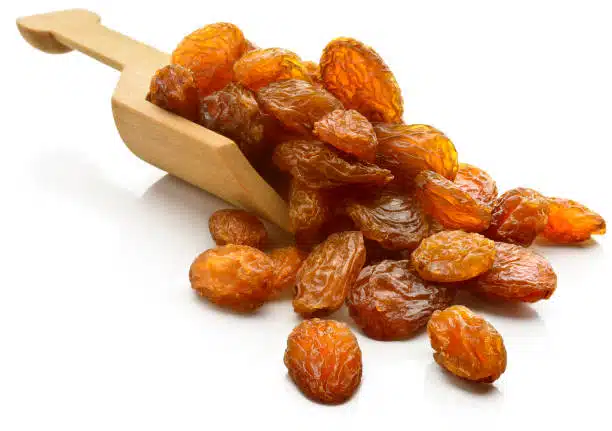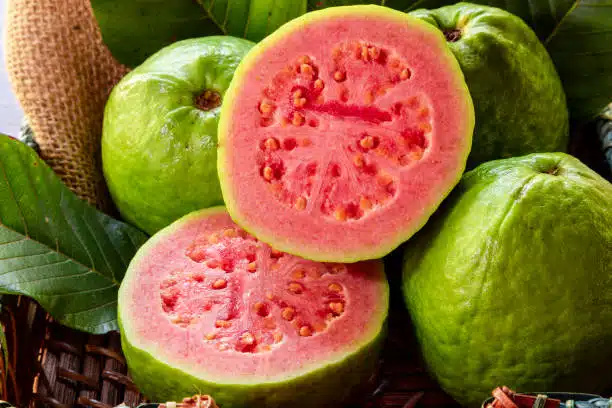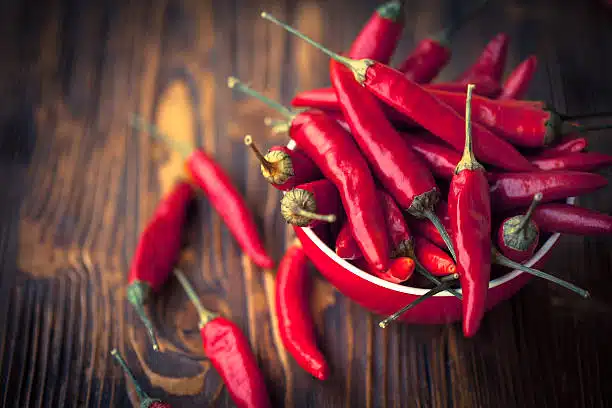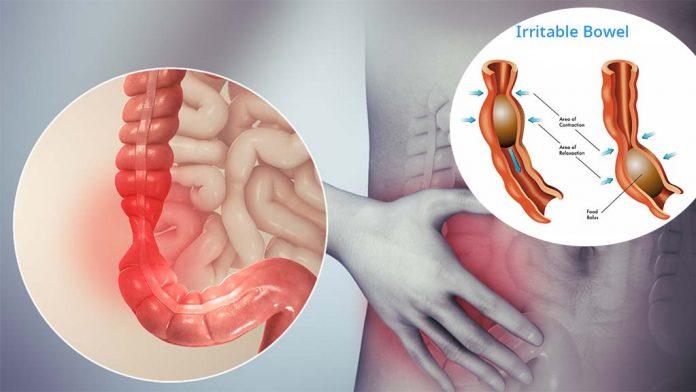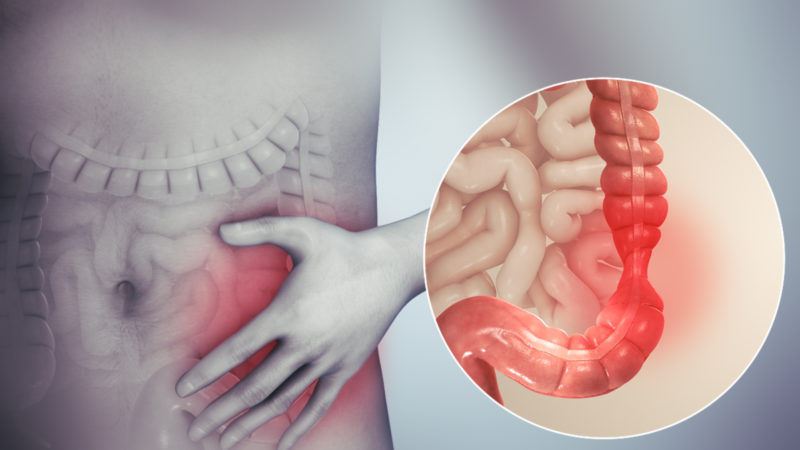Surprising Nutritional Facts About Banana
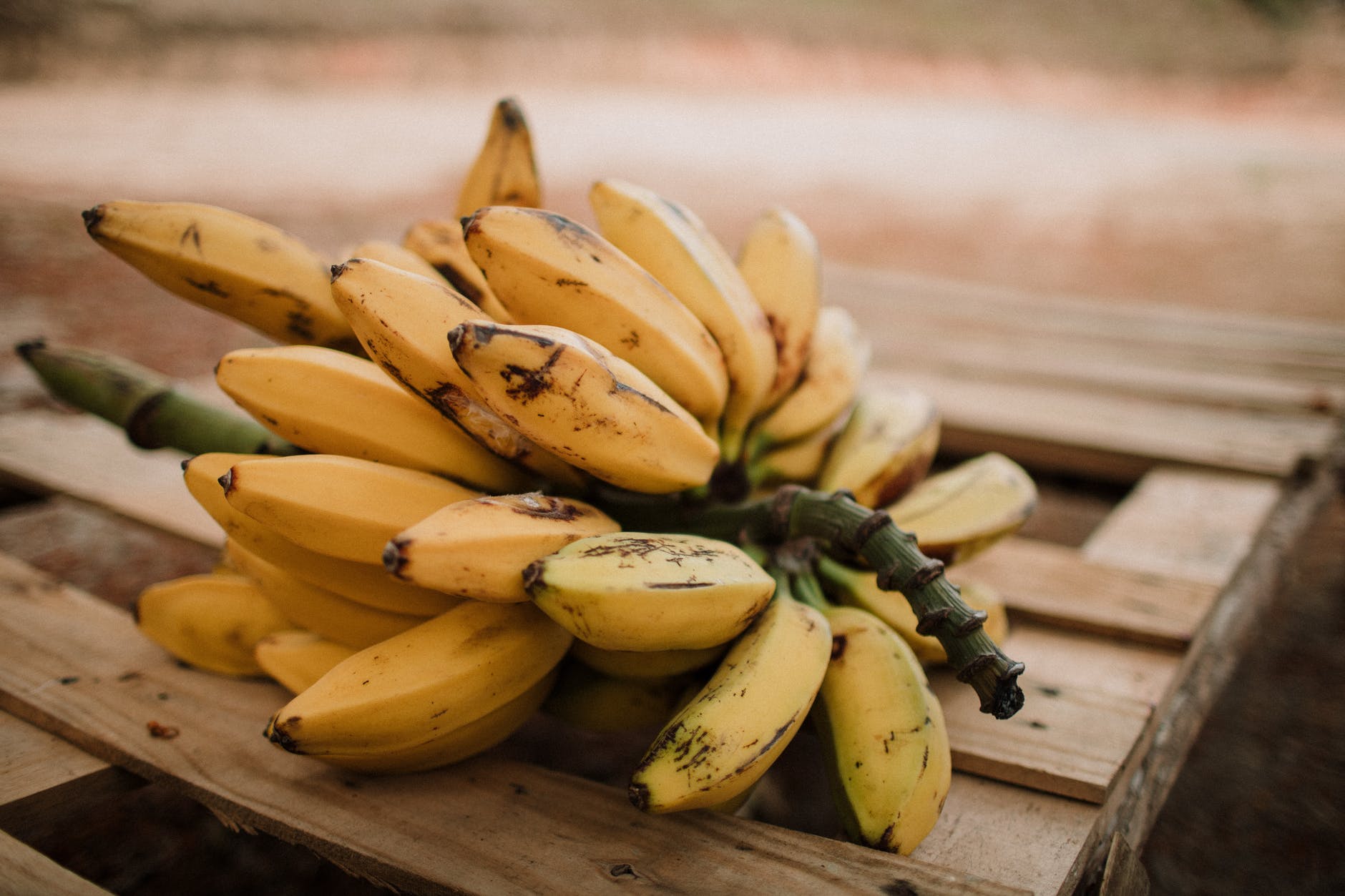
Bananas are the most loved fruit. It is not only delicious but also healthy. Want to know how many calories and carbs are there in a banana?
Well, you will get answers to all your questions, including some of the benefits of bananas in this article.
How many calories does a banana have?
An average medium-sized banana contains 105 calories. However, this amount can vary depending on the size of the banana. We have mentioned the calories content in different sized bananas:
- Extra Small banana: 72 calories
- Small banana: 90 calories
- Medium banana: 105 calories
- Large banana: 121 calories
- Extra-large banana: 135 calories
- Sliced banana: 134 calories
- Mashed banana: 200 calories
93% of the banana calories come from carbs, 3% from fat, and 4% from fat.
How Many Carbs Are in a Banana?
Bananas are composed of carbs and water. If you are on a diet or like to take care of your carb intake in general, then you should know the number of carbs in a banana.
We have mentioned the carb content in different size bananas:
- Extra small- 19 grams
- Small- 23 grams
- Medium- 27 grams
- Large- 31 grams
- Extra large-35 grams
- Sliced-34 grams
- Mashed- 51 grams
Carbs and bananas contain fiber around 2-4 grams, depending on the size.
Other Nutrition In Banana:
Fats
Banana contains fat in a very low amount. It’s less than 12 grams in a medium-sized banana.
Protein
The protein content is very low, under 1.5 grams in a medium-sized banana.
Vitamins and Minerals
Bananas are rich in potassium content. One medium-sized banana contains 422mg potassium, 9% of the daily value.
This banana also contains magnesium, vitamin C, folate, and Choline.
Let’s Dive Into the Health Benefits of Banana:

Banana Health Benefits:
Banana is a very popular fruit that has lots of benefits. Below we have mentioned some of the amazing benefits of eating a banana.
Improves Diabetes Symptoms
Green or Unripen bananas have high amounts of resistant starch, which aid digestion like fiber. Due to the beneficial properties of green bananas, they are often used as flour or pulp in other food products.
Studies found that green banana flour helps treat insulin sensitivity, reduces liver/kidney infections, and promotes weight loss.
Promotes Regularity
Bananas are rich in prebiotics. It is a fermentable fiber that feeds good gut bacteria (probiotics). Prebiotics help in improving digestion by promoting the growth of food digesting bacteria. Pairing bananas with probiotic foods like curd is the best way to boost gut health, digestion, and regularity.
Some studies report that green bananas effectively treat constipation and diarrhea in children. Bananas are the best fruit to get your digestive system back on track.
Promotes Weight Loss
Bananas are poorly addressed for their high starch content, but in reality, it is low-calorie fruit with lots of filling fiber content that aids weight loss. You consume 3 grams of fiber with 100 calories. If you are hungry, eating a banana is the best way to get a feeling of satiety without overeating.
According to researchers, there is a direct association between calorie reduction, fiber intake, and weight loss. Bananas are ideal as a breakfast or snack to help you lose weight and maintain it.
Lowers Blood Pressure
Bananas are rich in potassium and cover up to 9% of the daily potassium requirement. Potassium is famous for its blood pressure-lowering abilities when paired with low sodium or Dash diet.
Regular banana consumption helps maintain daily potassium requirements in your body, keeps the blood pressure low, and prevents further complications like kidney diseases or strokes.
Instead of eating a salty snack when hungry, pick a banana.
Assist Wound Healing
The anti-inflammatory properties and antioxidants found in banana peels have been very popular in treating wounds and cuts in folk medicine. The inner part of the banana peel can be placed on minor wounds or mosquito bites to provide relief and fasten the healing process.
Although this claim is not fully supported by modem medical science, the regular consumption of bananas certainly offers wound healing properties because of vitamin C and antioxidants.
One medium-sized banana fulfills 11% of the daily vitamin C requirements. It is an essential vitamin that boosts collagen and improves skin texture.
Side Effects of Bananas:
Although there are rarely any side effects of eating a banana, we have still mentioned some possible Adverse effects of banana.
Allergies
Although uncommon, people experience food allergies to a banana. People can experience a condition called oral allergy syndrome. In OAS, pollen allergens sometimes cross-react with other fruits like bananas. In certain cases, banana allergies are also linked to rubber latex allergies.
It was observed that 20-50% of people who are allergic to natural rubber latex also experience reactions to bananas.
Some common banana food allergy symptoms are:
- Vomiting
- Dizziness
- Hives
- Difficulty breathing
- Anaphylaxis
If you suspect any of teh above symptoms after eating a banana, consult an allergist.
Other side effects
Bananas are considered extremely healthy for your digestive system; however, some people can experience constipation due to the heavy fiber intake in bananas. If you are not habitual of eating too much fiber, gradually increase your intake and drink lots n lots of water to help your body adjust to the high fiber consumption.
Different Varieties of Banana:
There are currently more than 1,000 different varieties of bananas around the world. The most famous type of banana so far is ‘Musa Cavendish,’ dominating 45% of the market.
Another popular variety of bananas is Plantains, with over 1000 subcategories. You can easily spot various types of bananas in the local market and a grocery store.
Enjoy this classic fruit in different varieties.
How to Store a banana?
Bananas turn from a green color to yellow when they ripen. If you ever buy a green banana, let it ripe uncovered at room temperature. You can also speed up the ripening process by keeping the green banana in a paper bag or placing them close to other ripe fruits.
Note: Never store bananas in a plastic bag, as it will trap humidity and cause them to rot.
Once the banana has turned yellow and is ripe, you can eat it. You can also store the ripe bananas in a refrigerator to extend their shelf life by one week. The peel may turn darker in color, but the inside stays fresh.
You can even slice the peeled bananas and store them in the refrigerator in an airtight bag. This method works best for making smoothies or baking later in the day.
Read more: Best Anti-Aging Foods for Glowing Skin
Final Words
Bananas are a very healthy fruit and are rich in nutrition. On average, banana contains 71-135 calories and 19-35 grams of carbs depending on the size. Bananas have numerous health benefits, including improving gut health, treating wounds, and minimizing diabetes effects.
Don’t forget to leave your thoughts and suggestions in the comment box if you find this information useful.

